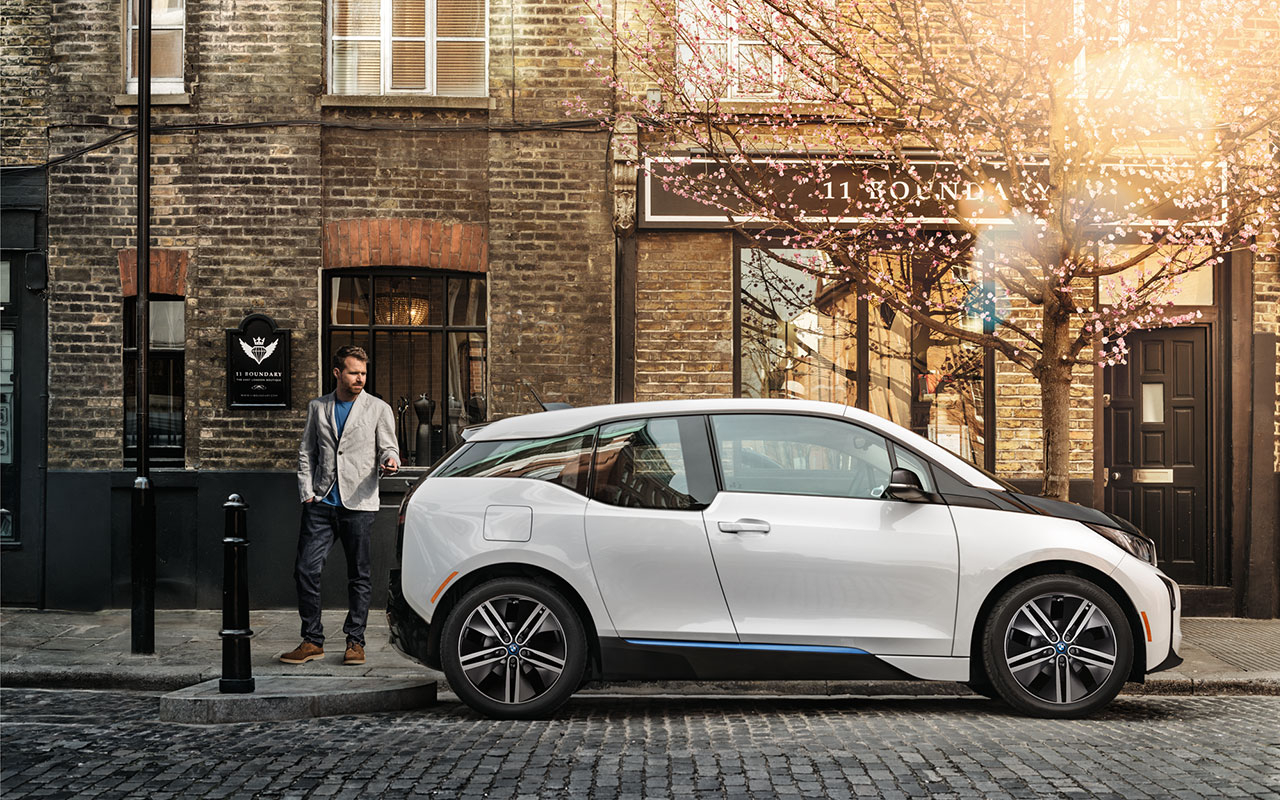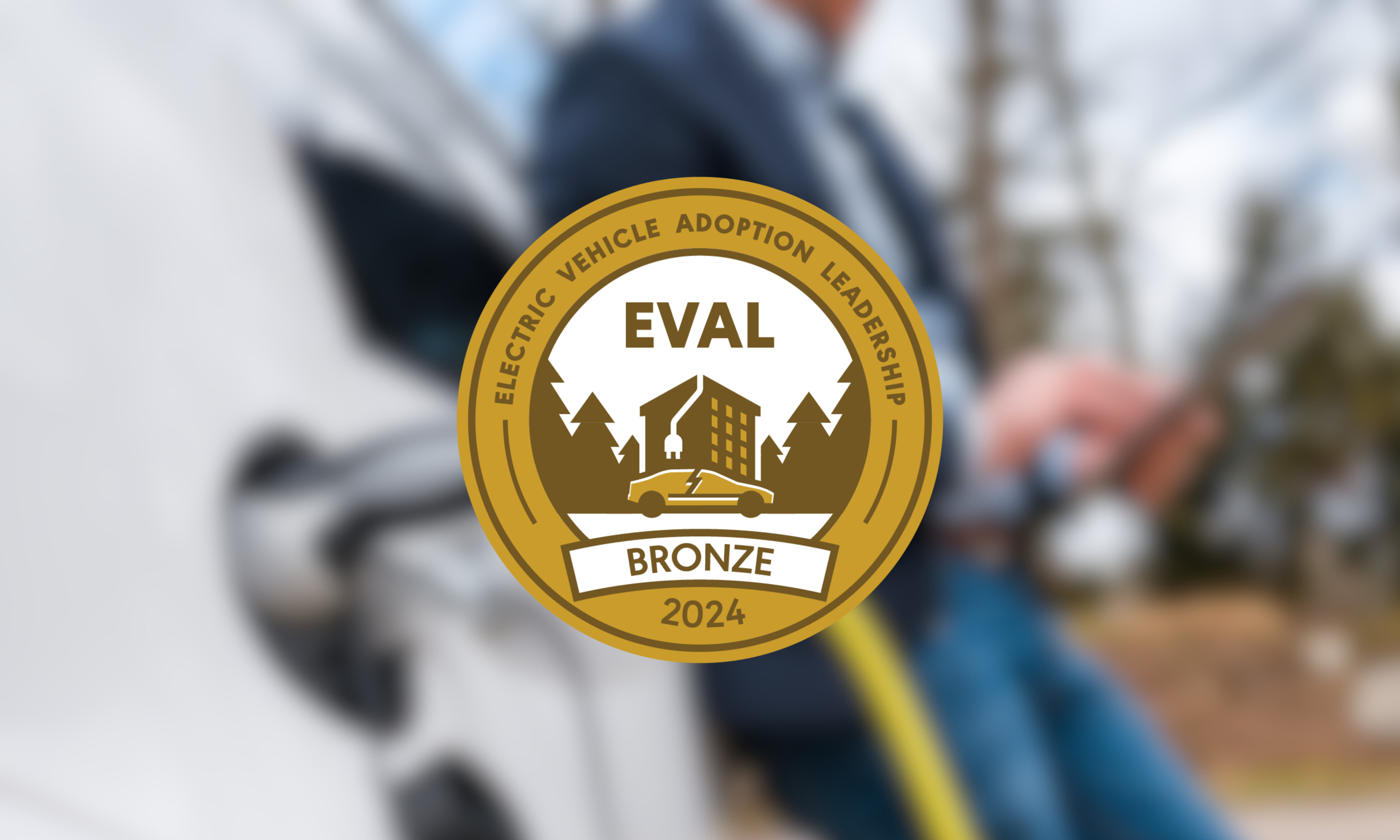![By Notman, William, 1826-1891 -- Photographer [Public domain], via Wikimedia Commons](https://pluginamerica.org/wp-content/uploads/2016/11/Broadway_on_a_rainy_day_by_Notman_William_1826-1891-300x145.png)
By Notman, William, 1826-1891 — Photographer [Public domain], via Wikimedia Commons
In 1898, the world’s first urban planning conference was held in New York City. It was largely devoted to the major urban environmental health problem of the day – horse manure. In the 1890’s, with horses as the primary means of transportation (as they had been since the time of the Romans), the problem was rapidly worsening. An estimated 150,000 horses lived in New York City and produced an average of 22 pounds of manure a day. George Waring, Jr., New York Street Cleaning Commissioner, described Manhattan as stinking “with the emanations of putrefying organic matter.”
The conference broke up early because delegates could see no solution to the problem. But within a few years, a new technology—the automobile—made the horse obsolete. Humans had been getting around with horses for thousands of years, but when a better technology arrived, change happened quickly. By 1912, automobiles outnumbered horses in New York City and the manure problem went away.
History has many other examples of well-established technologies that were quickly replaced when better technologies became available. Thomas Edison received his patent for the incandescent light bulb in 1878. The incandescent light bulb lit up the night for the first time and changed the human experience. But it had a problem. Over 95% of the energy in an incandescent bulb is lost as heat, not light, so it is a wonderful source of heat, but breathtakingly inefficient as a lighting device. In recent years, more efficient technologies have become available: CFLs (compact fluorescent light), halogen lamps and LEDs (light emitting diodes).
To move people to these new, more efficient technologies, governments have been gradually phasing out incandescent bulbs, starting with Brazil in 2005 and steadily moving around the globe. In this case, technological change required a little push from government, since electricity is cheap and the benefits to individual consumers are not so large, but are tremendous in the aggregate.
The industrial revolution was built on coal. During the 1800s, many of the back-breaking tasks that humans had done from the dawn of time were taken over by steam engines and electric motors, both powered by coal, resulting in rapid improvements in human quality of life. But coal also comes with terrible environmental and social costs. It devastates the landscape in heavy coal-producing regions, creates local air pollution that affects human health and is the leading source of carbon pollution affecting the climate. Today, it is steadily being replaced for electrical production by renewables and natural gas, partly pushed by governments and partly because of the better economics and environmental performance of these technologies.
It is becoming evident that the internal combustion engine—at least for powering cars—is arriving at that moment as well. A recent report from the American Lung Association in California offers compelling and alarming evidence that gasoline and diesel powered vehicles wreak tremendous damage on public health.
Clean Air Future: Health and Climate Benefits of Zero Emission Vehicles, American Lung Association in California
This report estimates that in 2015, the harm attributed to passenger vehicles in the 10 ZEV States totaled $37 billion in health and climate costs combined (Clean Air Future Health and Climate Benefits of Zero Emission Vehicles, Figure ES1.2.)Of that figure, health costs added up to $24 billion in 2015; that total represents the monetized sum of harmful emissions responsible for an estimated 220,000 work-loss days, more than 109,000 asthma exacerbations, hundreds of thousands of other respiratory health impacts, and 2,580 premature deaths.
What’s more, the electric motor is clearly a better way to move cars around. (I won’t rattle off my list of reasons, but you can find it here.) That fact has been masked by the limitations of battery technology, but those are now changing fast. In the next two years, we will see electric cars which are better than gas cars in every way—including price. Once that happens, if history is any guide, be prepared for things to start changing quickly.
As with the incandescent light bulb, government may still need to give a push. Germany, the largest economy in the European Union, has called upon the EU to ban sales of new internal combustion engine cars after 2030. Perhaps it is time for the United States to consider this as well.


